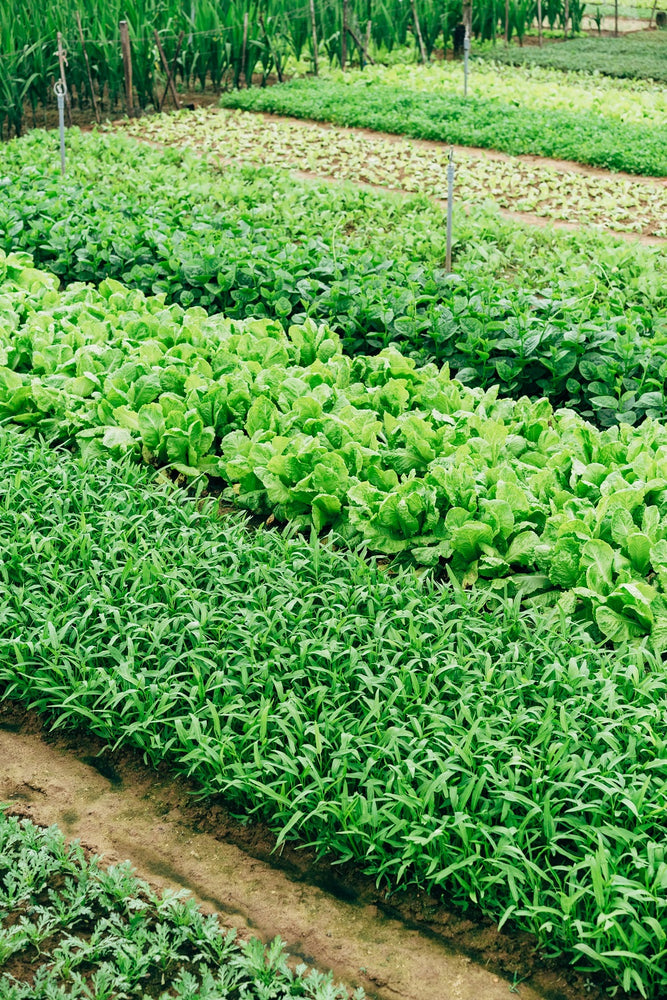News
Harvesting Your Vegetable Garden: 5 Quick Tips for Beginners

If you’re lucky enough to own a garden or a plot of land, then growing vegetables can be a very worthwhile venture.
Homegrown vegetables generally taste fresher than those you buy in supermarkets. When growing at home, you also have full control and oversight of the growing process. Nothing beats the peace of mind you get from knowing your food contains no GMOs or pesticides.
For those of us who are harvesting outdoor vegetables for the first time, here are a few general tips to keep in mind:

1. Stay on top of harvesting
Plants sometimes surprise you with the speed at which they grow. Zucchinis, for instance, have sometimes been known to grow up to 2 feet tall in a matter of days. Keep a close eye on your vegetables and harvest them when they are ready. This could lead to better tasting vegetables as well as encouraging a larger yield. Check out this helpful video on how to know when your outdoor vegetables are ready to harvest:
2. Choose your tools wisely
Harvesting tools are not always needed for vegetables such as kale, lettuce and peas. Other crops, such as carrots, potatoes, cucumbers and zucchini may require a garden fork, pruning shears, or a sharp knife. Research in advance which tools are best suited for your specific vegetables.
Using the correct tools will help avoid damage to the harvested part of the plant. Damaged plants are more susceptible to diseases.
3. If possible, harvest vegetables when they are dry
Tramping through your garden during the rain could spread plant diseases. During a rainy day it’s best to stay out of the garden and give it time to drain. If possible, harvest vegetables when they are dry.

4. Check for signs of trouble
Leading up to the harvest, check for rotting fruit or yellowing leaves and remove them. There's no use letting the plant put energy into fruit that you won't be able to consume.
5. Handle vegetables with care
Try not to bruise your vegetables as this can cause them to rot. Also, avoid breaking stems and treading on vines because this can create openings for diseases to enter the plant.
Growing outdoors isn’t possible for everyone but if you’re fortunate enough to have the opportunity, we encourage you to go for it!

To learn more about Click & Grow, head over to www.clickandgrow.com. Discover how the Smart Garden 3 and Smart Garden 9 make growing fresh, organic food and flowers at home easier than ever.
Be sure to check out our blog for valuable features such as green living tips, ways to create sustainable homes, the importance of food safety, how to grow plants indoors and much more.